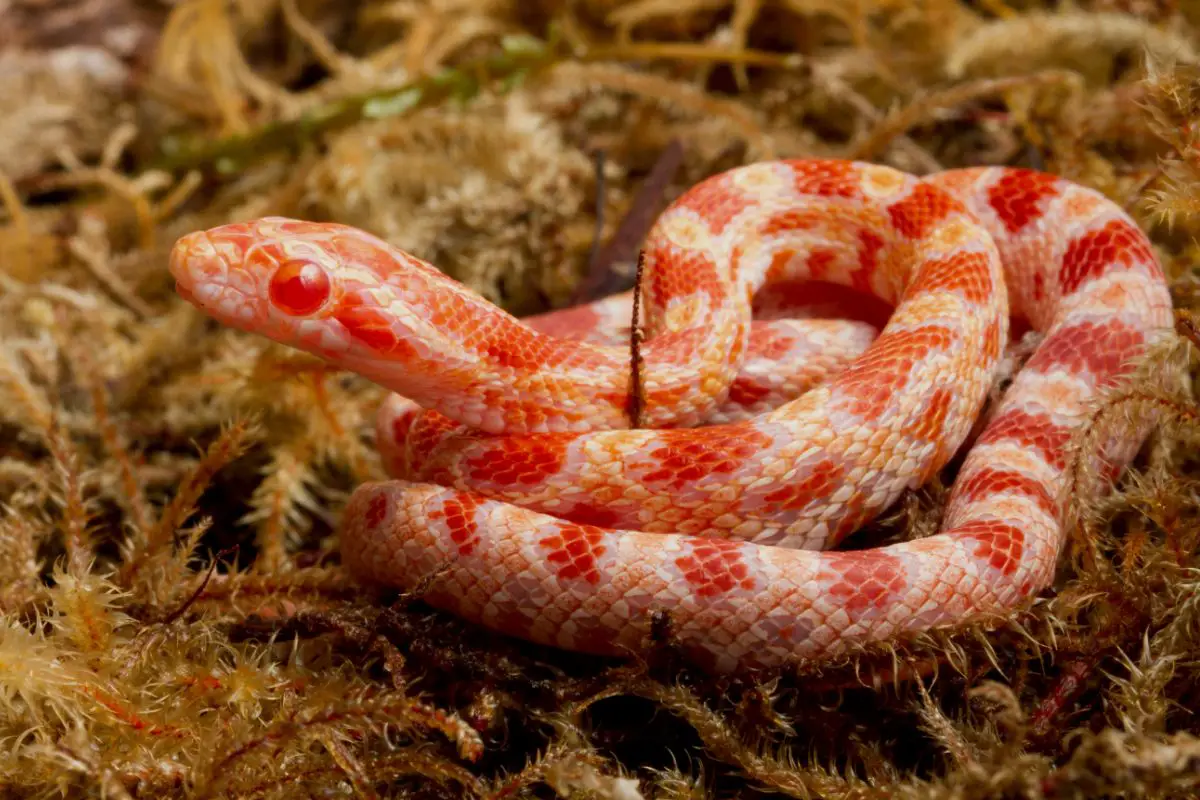When you get a new corn snake, there are several things you have to think about, including its habitat, diet, and overall care. One of the most important decisions, however, is the substrate you choose for its enclosure. The right bedding not only provides comfort but also supports proper humidity levels and makes cleaning easier. Taking the time to select the best substrate will help ensure a thriving environment for your new pet.
Choosing the right substrate is vital for creating a comfortable and healthy environment for your corn snake. However, with so many choices available, it can be tough to decide. In this article, we’ll highlight eight substrate ideas for your snake’s enclosure.
8 Corn snake substrate ideas
1. Coconut Fiber
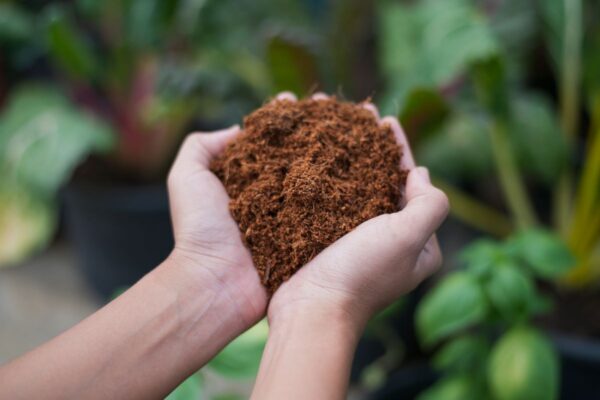
Coconut fiber is made from coconut husks, and is a great use of substrate for many reptiles. It is good at keeping moisture in the tank and can last for longer than some substrates. You can replace the fiber every few months and spot clean every week or so.
2. Aspen Shavings
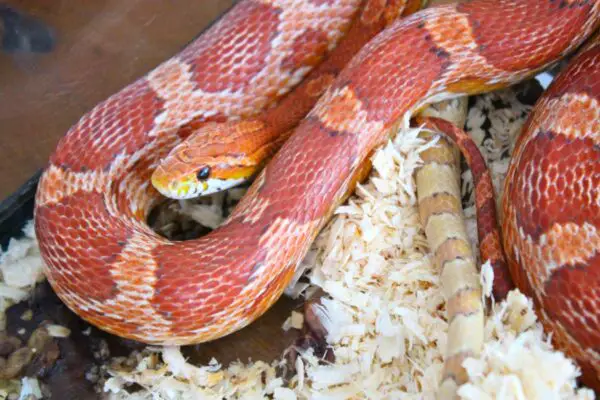
Aspen shavings are made from a tree found in North America and Europe and is a common substrate for snakes and other pets. It is free of harmful resins and other toxins, but is not recommended for moist environments, because it will rot in a damp enclosure. In my experience, Aspen shavings were easy to clean, but could get stuck in my snakes eye and made it more dry in his enclosure. When an enclosure is too dry, a snake can have trouble shedding, which might lead to complications.
3. Cypress Mulch
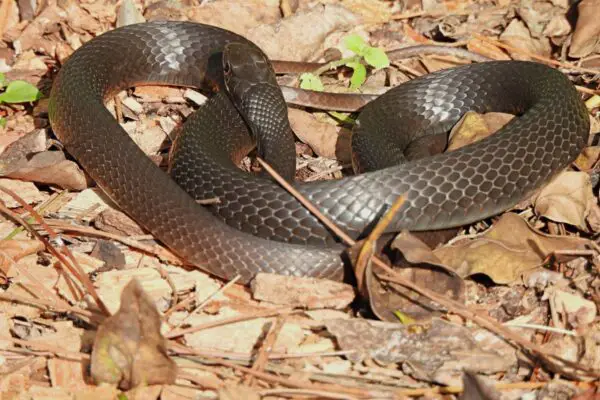
Cypress mulch is made of shredded bark from cypress trees, and is a highly favored substrate choice for snake owners. Cypress mulch is good at keeping moisture in the tank and it’s good bedding for burrowing snakes. Additionally, it helps control odors and has a natural aesthetic. While cypress mulch is easy to clean, one downside is that mites can thrive in it, which can be harmful to snakes. Overall, Cypress mulch is considered one of the best substrates to have for a snake.
4. Ceramic Tiles
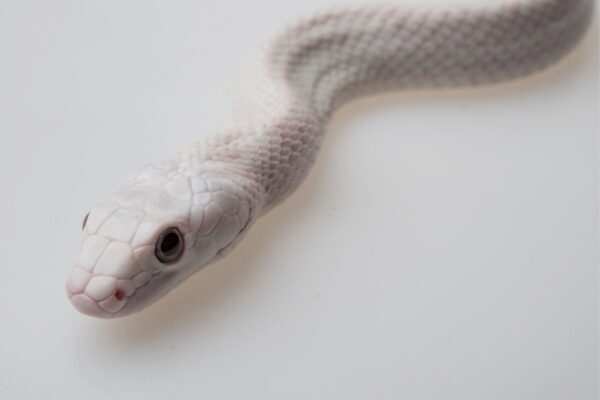
Tiles are a less common bedding choice for snakes but are more frequently used for other reptiles. I don’t recommend using tiles for your corn snake, because corn snakes love to burrow, and tiles do not allow them to do so. One benefit of tile is that it’s easy to clean. Another is that the bedding cannot be consumed by your snake. Tile is better for reptiles that enjoy heat, but it has trouble retaining moisture, making it not so beneficial to corn snakes.
5. Artificial Carpet
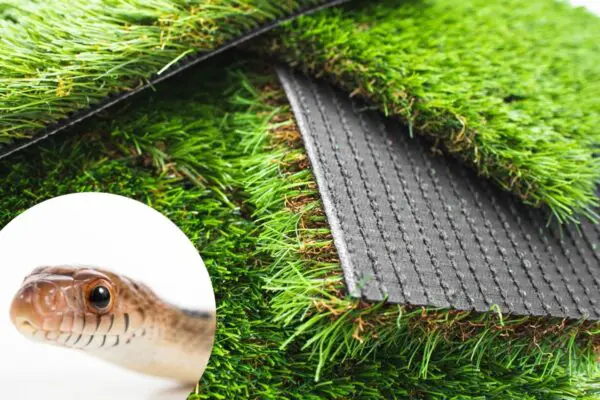
Artificial carpet used to be popular among snake owners, but quickly became unused after discovering some dangers behind it. For one, your snake cannot burrow with artificial carpet, and it’s also not as aesthetically pleasing as some substrates. The fibers can fray and fall out, potentially wrapping around your snake and causing serious injuries. Also, users of artificial carpet noticed it can harbor bacteria and fungi since their snakes need a more humid enclosure. The fibers can fray and fall out, potentially wrapping around your snake and causing serious injuries.
6. Newspaper
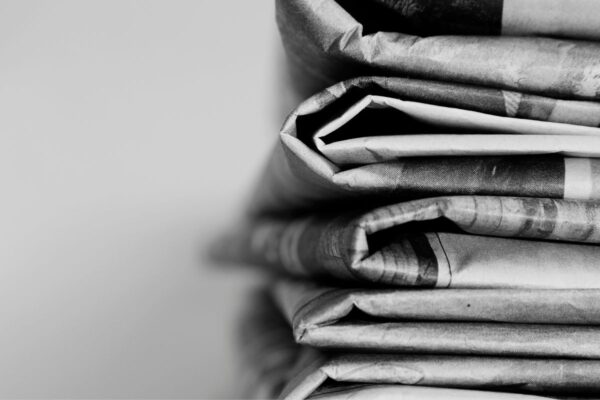
Newspaper is a common bedding breeders use for their snakes. It is affordable, and sometimes even free, and easy to use. Breeders normally use newspaper when they have many snakes to care for. Corn snakes love to burrow, and many newspaper users have noticed their snakes going under the paper to mimic burrowing. While newspaper is suitable for breeders, I recommend opting for other bedding options if you are a beginner snake owner or have just one snake. Newspaper is easy to clean and replace incase you are short on time, but overall there are better options for your snake’s habitat.
7. Sphagnum Moss
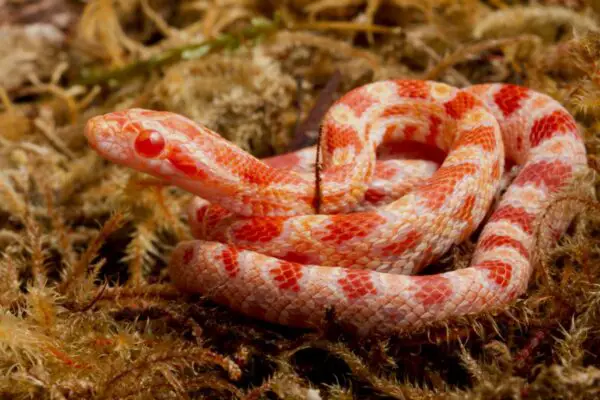
Sphagnum moss is a great option for corn snakes. It is great at retaining and putting out moisture, and it allows your snakes to burrow. One downside is it can be on the more expensive side in some cases. It is recommended to not use sphagnum moss for your entire enclosure, but only for certain parts of it so you can have a balance between moist and dry parts of the habitat. Sphagnum moss is recommended for corn snake owners, and other reptiles and amphibians as well.
8. Gravel
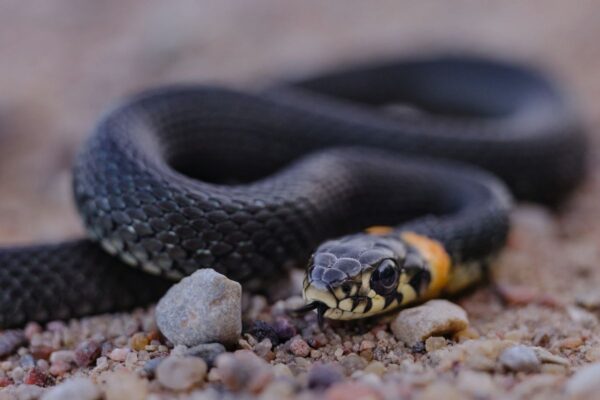
Gravel is a less common substrate option for snakes, but it can be used. One downside is that it makes your tank extremely heavy. Additionally, if your snake swallows the gravel, it can be harmful to your pet. Gravel is not absorbent and may make it more difficult for your snake to move around. On the upside, this substrate is durable and can last indefinitely, making it easy to clean and reuse for as long as you have your snake.

